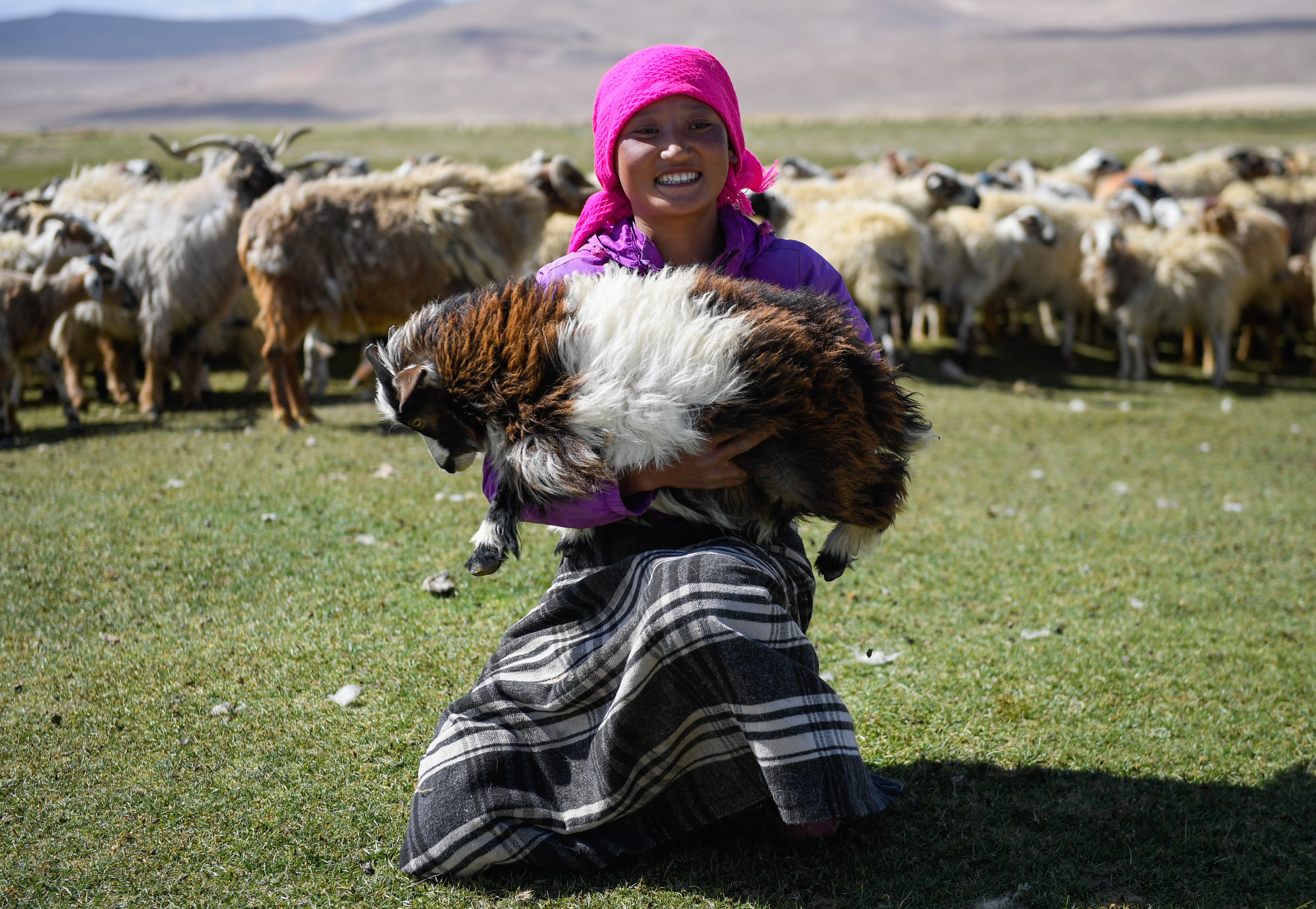Fur and leather: undeniably more environmentally friendly
Durable clothing is undeniably more environmentally friendly than the throw away sh*t on shelves at exaggerated prices.

The poet and writer Melissa Kwasny traveled the world to investigate “vegan clothes” for her book, Putting on the Dog: The Animal Origins of What We Wear. She met with everyone from silk spinners and dyers in Japan to mink furriers in Denmark and many countries in between. (Listen to a fascinating interview with Melissa posted down below.)
Her research covers the economics of clothing manufacturing, the traditions of crafting, and the environmental and moral impact of the choices that consumers make. And although Kwasny never pretends it’s easy to know what’s right, she does come to a conclusion after all of her research and encounters: We should not replace natural materials with synthetics. “Buy clothes. Not very many. Made mostly from plants and animals. Then cherish and care for them,” she writes.
Quartz: The ethical case for wearing leather, fur and silk

In 2010, the majority of textiles produced in the world, 85%, were woven from cotton and polyester. Neither of these fabrics uses any animals—one is natural, and the other synthetic. “Both are responsible for widespread pollution of waterways, soils, and air,” Kwasny writes. “Both consume enormous amounts of resources.” In other words, in choosing the materials that are alternatives to “cruel” clothing, we’re also making the world more toxic for humans and animals and endangering the long-term health of the planet. We are still making choices with consequences—just because you won’t wear fur doesn’t mean you’re ethically in the clear.
https://qz.com/quartzy/1543323/the-ethical-case-for-wearing-leather-fur-and-silk/
The following is an excerpt from an interview by Matt Sutherland.
Q: Should we [still] send $50 to PETA? Is the trapping of wild animals like beaver, coyote, bobcat, and wolf still a big part of the fur market? Are mink farms hell on earth?
KWASNY: No; in general, mink farms are not hell on earth, unless you believe that any human interaction with animals, including caring for them, is hell—as PETA believes. Not that there aren’t bad actors everywhere…In a world culture predicated on capital as the only value—not care, not environmental health, not respect for the spirit of all living things—hellish things occur.
Mass production obviously undermines the individuality and aliveness of animals. Yet we also can’t undo thousands of years of breeding that has resulted in the domestication of cattle, sheep, mink, ducks, geese, and even silkworms so that these animals cannot survive without their human helpers. As I try to make clear in the book, farming and hunting techniques often demonstrate ancient relationships that humans and animals have forged for their mutual survival, a relationship that has also domesticated hunter-gatherer humans. Things are more complicated, as I have learned, than simply exchanging polyester for fur.
There can also be surprising and dire consequences from the choice to move away from natural products to synthetic fibers. In just one of many examples in Kwasny’s book, “…a single factory in England producing nylon was responsible for 3% of the country’s annual carbon dioxide emissions in 2013. She also points out that synthetics require more washing and are less durable than many natural materials, ultimately resulting in more water waste and increased disposal of clothing. Every time we wash a polyester item, we’re releasing plastics into the world’s waterways and ultimately leading to the death of flora and fauna.”
